Weathering and Erosion Worksheets 5th Grade
The study of weathering and erosion is crucial for 5th-grade students to understand the various forces that shape our planet's surface. Worksheets provide an excellent way to engage students in this topic, helping them grasp key concepts and develop critical thinking skills. With a wide variety of worksheets available, educators can choose those that focus on specific aspects of weathering and erosion, allowing students to explore and deepen their understanding of this fascinating subject.
Table of Images 👆
More 5th Grade Worksheets
5th Grade Math Worksheets PrintableMultiplication Worksheets for 5th Grade
Constitution Worksheets for 5th Grade
Coordinates Worksheets 5th Grade
United States Worksheets 5th Grade
Free Division Worksheets for 5th Grade
Poetry Terms 5th Grade Worksheets
5th Grade Social Studies Printable Worksheets
What is weathering?
Weathering is the process of breaking down and wearing away rocks, minerals, and other materials on Earth's surface through various mechanisms like wind, water, temperature changes, and biological activity. Over time, weathering can transform solid rocks into smaller particles and contribute to the formation of soil and sediment.
What are the two types of weathering?
The two types of weathering are mechanical weathering, which is the physical breakdown of rocks and minerals into smaller pieces, and chemical weathering, which involves the chemical alteration of rocks and minerals through processes such as hydration, oxidation, and dissolution.
Describe the process of physical weathering.
Physical weathering, also known as mechanical weathering, involves the breakdown of rocks into smaller pieces without changing their chemical composition. This process occurs through various mechanisms such as frost wedging, where water seeps into cracks in rocks and freezes, causing the rock to expand and ultimately break apart; exfoliation, where outer layers of rock peel away due to pressure release as overlying material erodes away; and abrasion, where rocks are worn down through repeated rubbing or impact by other materials. Physical weathering plays a crucial role in shaping landscapes by breaking down rocks into smaller fragments that can be further weathered and eroded by other processes.
How does chemical weathering occur?
Chemical weathering occurs when rocks and minerals are broken down and altered by chemical reactions with substances like water, oxygen, and acids. These reactions cause the composition of the rock to change, weakening it and eventually breaking it down into smaller pieces. Examples of chemical weathering processes include hydrolysis, oxidation, and carbonation. Over time, these processes can transform the appearance and structure of rocks and contribute to shaping the Earth's surface.
What are the main factors that contribute to weathering?
The main factors that contribute to weathering are physical processes like frost action, abrasion, and thermal expansion, as well as chemical processes like oxidation, hydrolysis, and dissolution. Additionally, biological factors such as plant roots, burrowing animals, and microbial activity can also play a role in weathering by enhancing physical and chemical breakdown of rocks and minerals. Together, these factors work to break down rocks and minerals into smaller particles over time.
Explain how erosion differs from weathering.
Weathering is the process of breaking down and changing the physical and chemical properties of rocks and minerals on or near the Earth's surface, while erosion is the process of moving weathered materials from one place to another through the action of wind, water, ice, or gravity. Weathering prepares rocks for erosion by breaking them down, while erosion transports the weathered materials to new locations. Weathering and erosion work together to shape the Earth's surface over time.
What are the three main agents of erosion?
The three main agents of erosion are water, wind, and ice. Water erodes by flowing over land as rivers or streams, wind erodes by picking up and carrying particles, and ice erodes through processes like glaciation and freeze-thaw cycles.
How does water cause erosion?
Water causes erosion through a process called hydraulic action, where the force of moving water wears away rocks and soil. This process is amplified by the ability of water to carry sediment and debris downstream, further scouring and shaping the landscape. Additionally, water can also chemically weather rocks and minerals, further aiding in the erosion process. Overall, water plays a vital role in shaping the Earth's surface through erosion.
Describe the role of wind in erosion.
Wind plays a crucial role in erosion by carrying loose particles such as sand, dust, and soil from one place to another. When wind blows over the Earth's surface, it picks up and transports these particles, causing abrasion and weathering of rocks and landforms. This process, known as aeolian erosion, can sculpt landscapes over time, create sand dunes, and contribute to the overall shaping of Earth's surface.
How does gravity contribute to erosion?
Gravity contributes to erosion by pulling rocks and sediments downhill, causing them to move and be transported by agents like water, ice, wind, or even mass wasting processes such as landslides. The force of gravity accelerates the movement of these materials, leading to the breakdown and transportation of rocks and sediments, ultimately shaping the Earth's surface over time.
Have something to share?
Who is Worksheeto?
At Worksheeto, we are committed to delivering an extensive and varied portfolio of superior quality worksheets, designed to address the educational demands of students, educators, and parents.





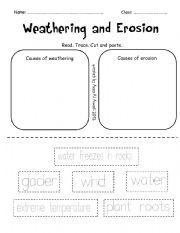
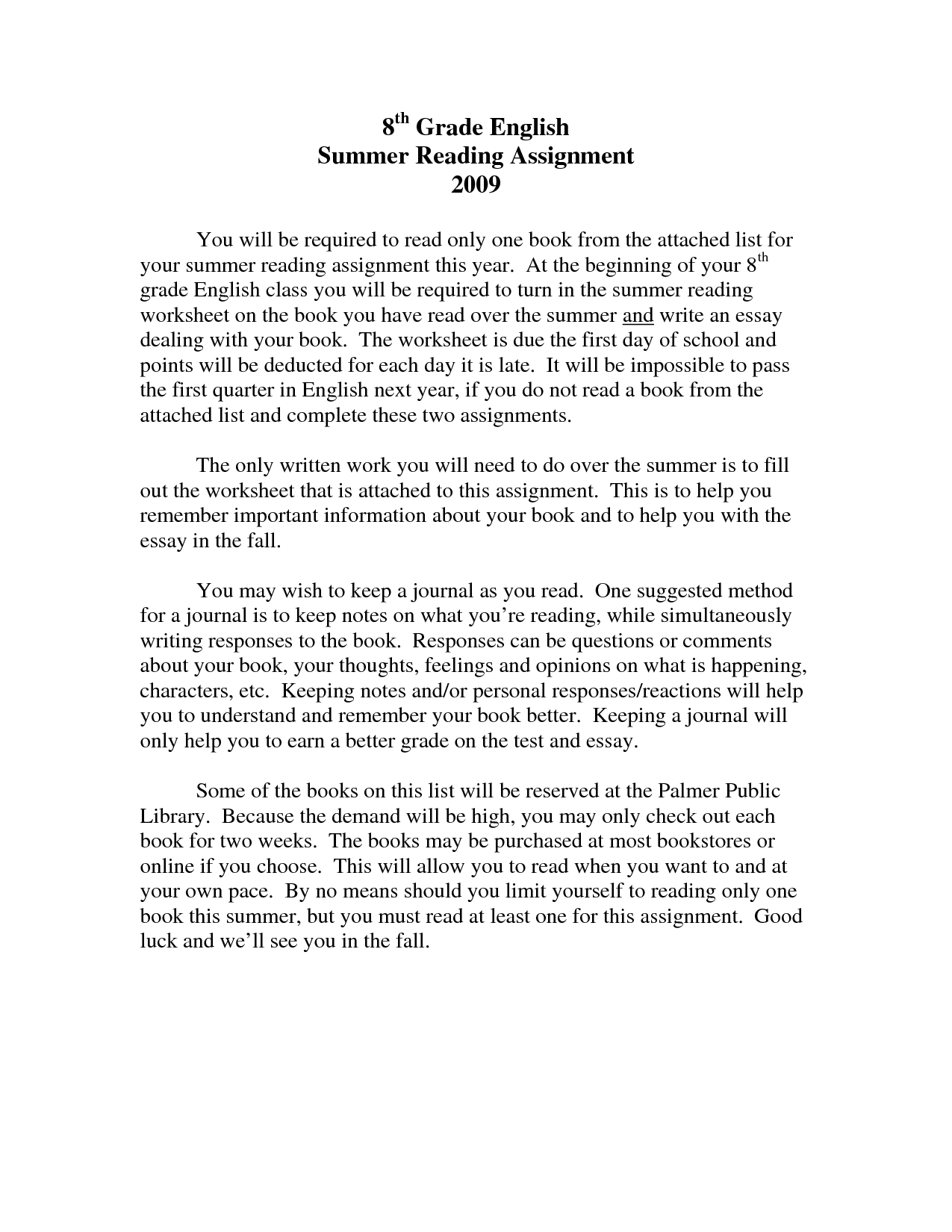

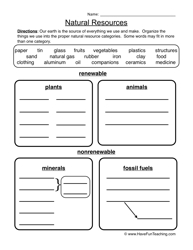
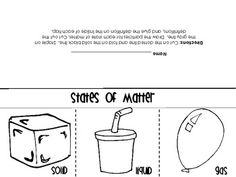
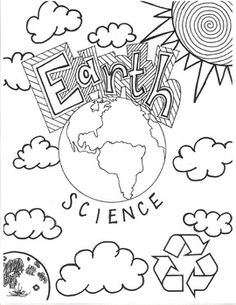
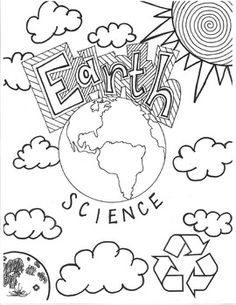
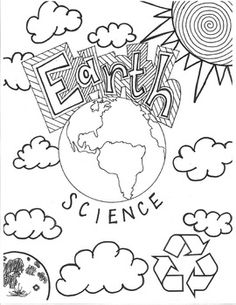
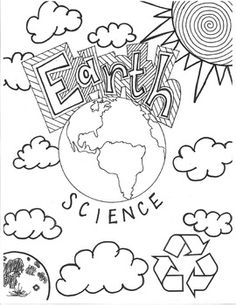
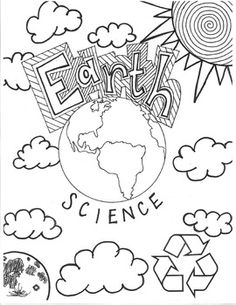
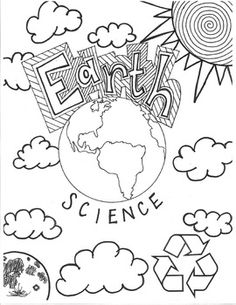
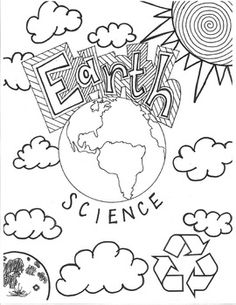
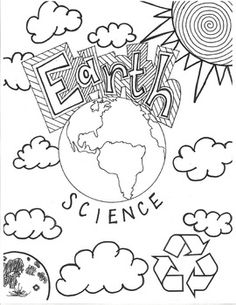
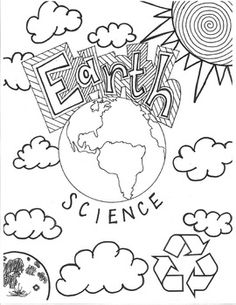
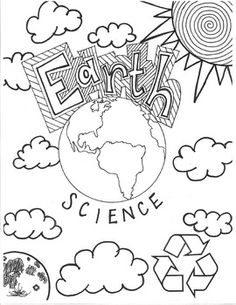
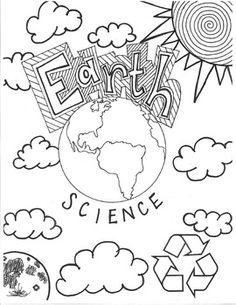
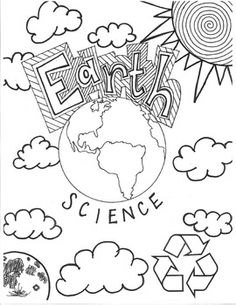












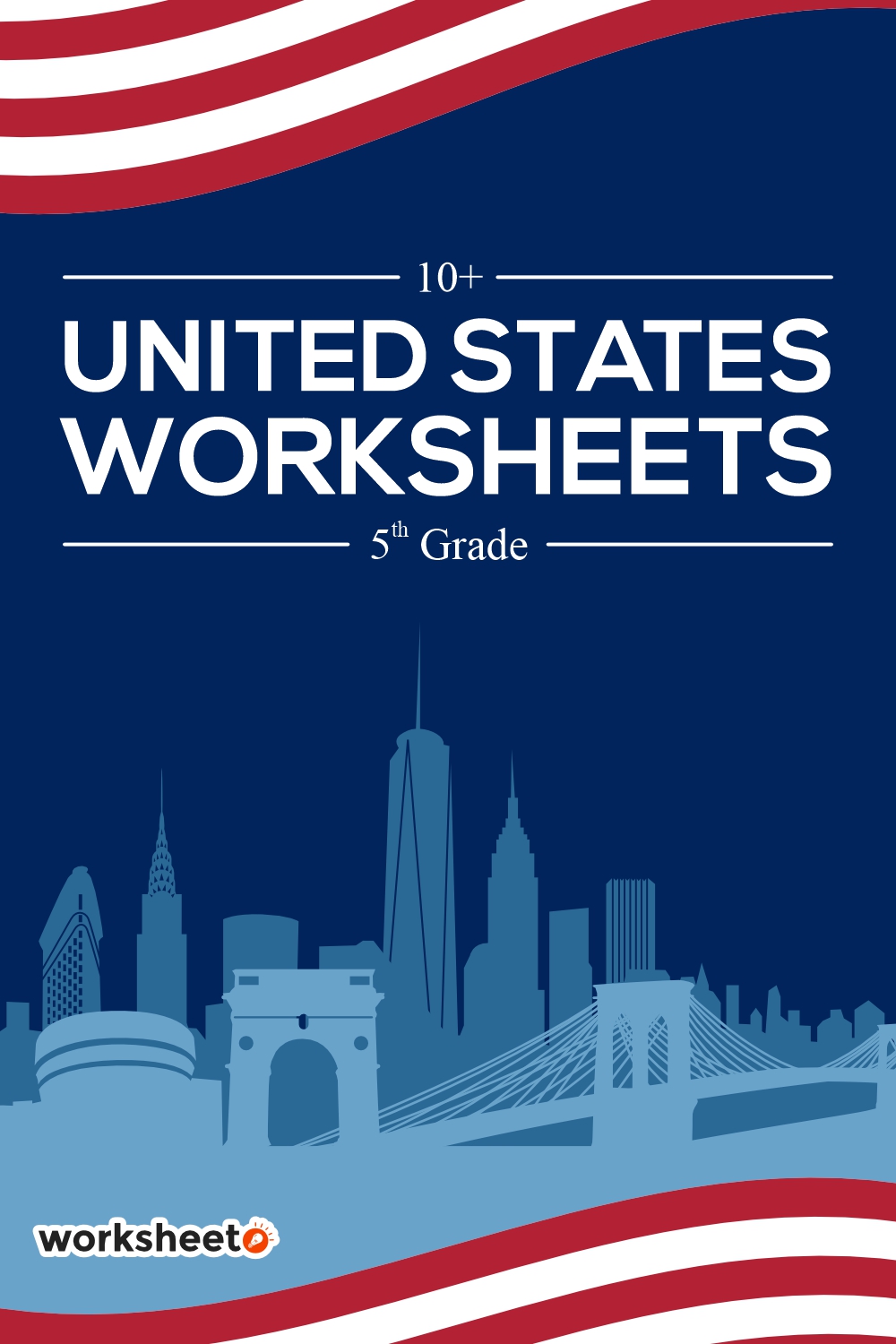

Comments